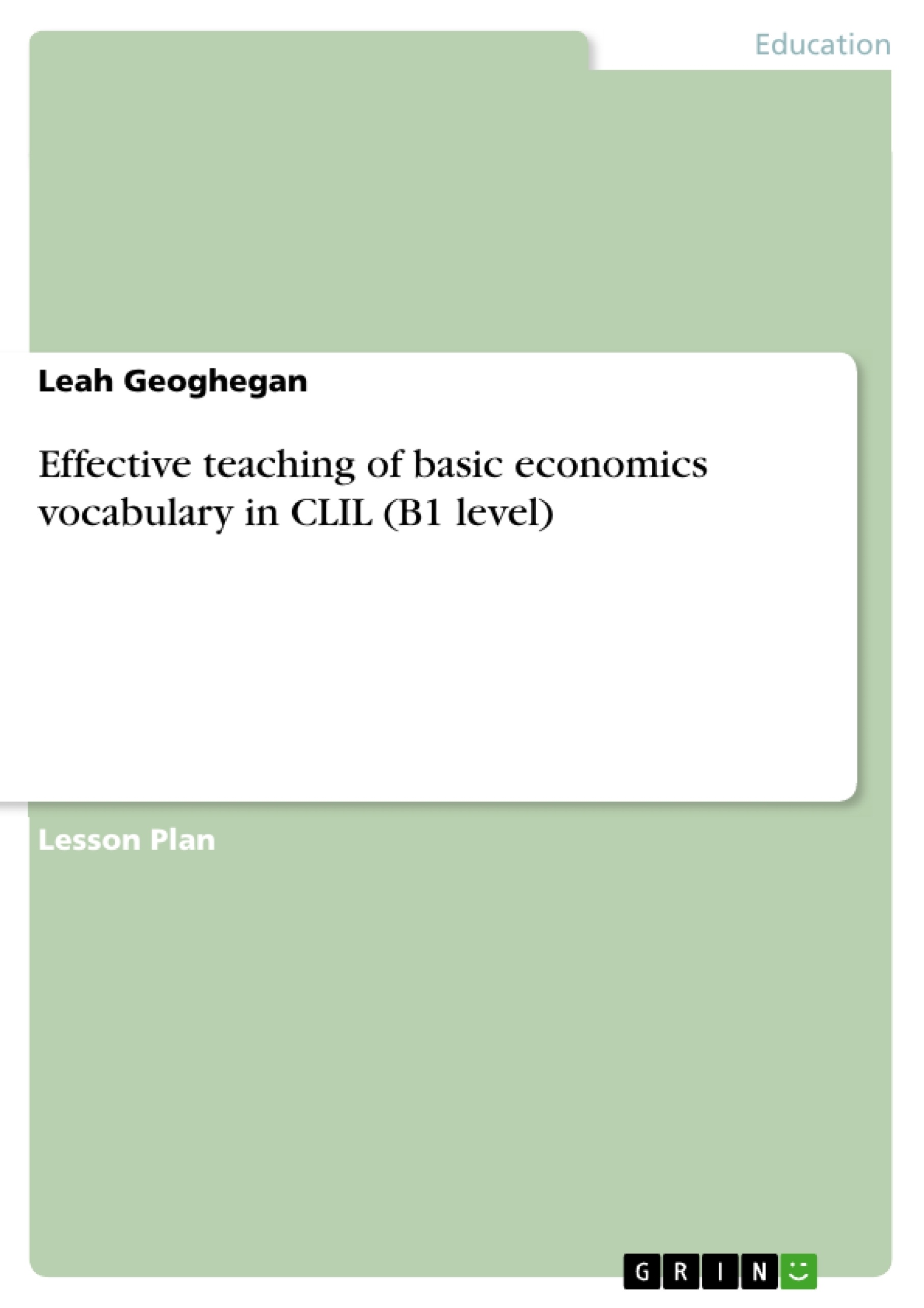This article aims to shed light on the benefits and challenges of Content and Language Integrated Learning (CLIL) in the context of teaching economics. It focuses on the benefits of the CLIL approach for teaching basic economics vocabulary, as well as the need for specialized teaching materials and methods to develop both students' language and subject competence.
The draft discusses the CLIL approach, which involves the teaching of academic content through a foreign language, and highlights its increasing popularity in the modern educational landscape. Originally inspired by historical educational practices, CLIL is now experiencing a renaissance, particularly in response to demands for multilingualism and improved foreign language skills in Europe. In the Spanish education system in particular, CLIL has proven to be an effective strategy for increasing foreign language competence. The article highlights the benefits of CLIL, such as authentic language use, motivational learning tasks and increased language contact, while at the same time teaching subject content. Despite the obvious benefits, the article notes that the implementation of CLIL poses specific challenges.
Table of contents
Introduction
Economics vocabulary in Content and Language Integrated Learning
Lesson plan for practising basic economics vocabulary in CLIL
Conclusion
References
Appendix A: Lesson Plan
Appendix B: Full crossword
Appendix C: Collaborative Crossword
Appendix D: Answer Key
- Quote paper
- Leah Geoghegan (Author), 2024, Effective teaching of basic economics vocabulary in CLIL (B1 level), Munich, GRIN Verlag, https://www.grin.com/document/1452630
-

-

-

-
Upload your own papers! Earn money and win an iPhone X. -

-
Upload your own papers! Earn money and win an iPhone X. -

-
Upload your own papers! Earn money and win an iPhone X. -

-
Upload your own papers! Earn money and win an iPhone X. -

-
Upload your own papers! Earn money and win an iPhone X. -

-
Upload your own papers! Earn money and win an iPhone X.

